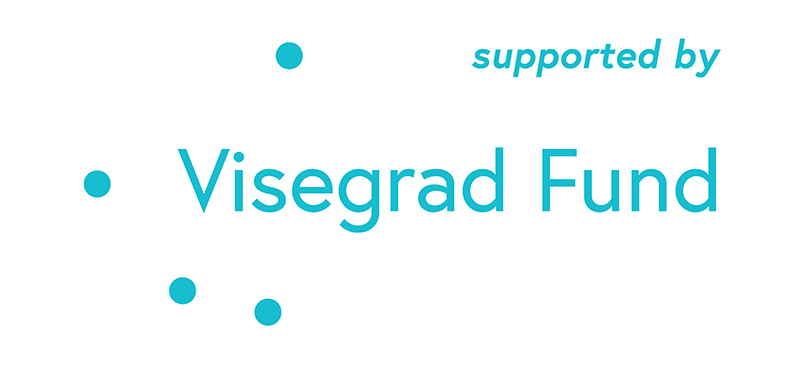In today's rapidly evolving business landscape, organizations are increasingly embracing Quality 4.0 to achieve significant benefits and drive excellence. Quality 4.0 involves the integration of cutting-edge technologies such as automation, robots, artificial intelligence, and data analytics to improve efficiency, production, and resource utilization. However, to successfully adopt Quality 4.0, organizations must address several barriers and leverage key theories and constructs. In this blog post, we will explore the underpinning theories, Quality 4.0 constructs, and strategies to overcome barriers that hinder the successful implementation of Quality 4.0.
Underpinning Theories
1. Transformational Leadership Theory
Transformational leaders play a critical role in fostering a culture of continuous improvement and innovation. They actively support employee development, offer training opportunities, and promote upskilling initiatives that equip employees with the necessary skills to overcome Quality 4.0 barriers. By creating a growth-oriented environment, transformational leaders empower their teams to adapt, thrive, and drive quality excellence in the digital era.
2. Organizational Culture Theory
Organizational culture plays a significant role in integrating digital technologies and data-driven decision-making. A culture that promotes quality excellence, continuous improvement, innovation, and adaptability is crucial for successful Quality 4.0 adoption. Organizations must cultivate a culture that encourages collaboration, embraces diverse perspectives, and values employee contributions to drive quality enhancement.
3. Diversity and Inclusion Theory
Diversity and inclusion are essential in the context of Quality 4.0. By including individuals from different backgrounds, organizations can tap into a diverse talent pool and benefit from a range of ideas and perspectives. An inclusive culture within Quality 4.0 initiatives creates an environment where all employees feel valued, respected, and empowered to contribute their best. This inclusive environment fosters active participation in quality improvement efforts, collaboration, and the generation of innovative solutions.
4. Stakeholder Theory
Stakeholder theory emphasizes the importance of recognizing and managing the interests, needs, and expectations of various stakeholders affected by or impacting an organization's Quality 4.0 initiatives. Stakeholders may include employees, customers, suppliers, regulatory bodies, communities, and the environment. By actively involving stakeholders and aligning quality initiatives with their priorities, organizations gain valuable insights, anticipate potential issues, and achieve sustainable quality outcomes.
Quality 4.0 Constructs
1. Leadership and Culture (LC)
A strong commitment from leadership is vital for successful Quality 4.0 adoption. Effective leadership buy-in and support enable organizations to allocate resources effectively and drive the necessary changes. Establishing a culture that values quality and continuous improvement fosters a proactive mindset that encourages innovation and addresses issues promptly. Building diverse and multidisciplinary teams with the right skills and knowledge ensures a comprehensive approach to Quality 4.0. Effective communication of the benefits and goals of Quality 4.0 to stakeholders ensures their engagement and support throughout the organization.
2. Data and Analytics (DA)
To unlock the full potential of Quality 4.0, organizations must collect and integrate data from various sources across their operations. Advanced analytics and machine learning play a crucial role in uncovering valuable insights and opportunities for Total Quality Management (TQM) enhancement. Real-time data utilization allows organizations to proactively identify and address potential issues, ensuring high product or service quality. Robust data governance and security protocols are essential to protect data integrity and maintain confidentiality.
3. Technology and Automation (TA)
Adopting Industry 4.0 technologies such as IoT, AI, and robotics is crucial for automating quality processes and enhancing efficiency. Digital quality management systems that seamlessly integrate with other enterprise systems eliminate errors associated with manual data entry and facilitate seamless information sharing across different departments. Prioritizing technology interoperability and scalability ensures organizations can adapt to future growth and changes.
4. Collaboration and Stakeholder Engagement (CSE)
Active engagement of stakeholders, including customers, suppliers, and employees, is of utmost importance for the success of Quality 4.0 initiatives. Building cross-functional teams that bring together individuals from different departments promotes collaboration and knowledge sharing. Establishing partnerships and collaborations with external organizations significantly enhances innovation and knowledge exchange. Creating feedback loops and regular communication channels enable organizations to gather input, address concerns, and incorporate valuable suggestions into their Quality 4.0 programs.
5. Continuous Learning and Improvement (CLI)
Continuous learning and improvement are vital for successful Quality 4.0 adoption. Organizations must provide training and development opportunities to build skills and knowledge related to Quality 4.0. Encouraging experimentation and fostering a culture that embraces learning from failures drive continuous improvement. Establishing a culture of agility and adaptability enables organizations to respond effectively to changes in the business landscape. Regular monitoring and evaluation of Quality 4.0 initiatives identify areas for improvement, necessary adjustments, and process optimization.
Overcoming Quality 4.0 Barriers
Despite the significant progress in assessing barriers to implementing Quality 4.0, organizations still face challenges in overcoming these barriers. To improve decision-making in this situation, organized frameworks that consider the impact and viability of various solutions must be developed. Organizations can fill the research gaps by conducting studies that analyze the barriers and solutions to successful Quality 4.0 adoption. By addressing these barriers and leveraging the key theories and constructs mentioned above, organizations can enhance their understanding of Quality 4.0 and significantly increase the likelihood of successful adoption.
Conclusion
Quality 4.0 offers immense opportunities for organizations to achieve excellence, improve efficiency, and drive innovation in the digital era. By addressing barriers and leveraging key theories and constructs, organizations can successfully adopt Quality 4.0 and reap its benefits. Transformational leadership, a strong organizational culture, diversity and inclusion, stakeholder engagement, and continuous learning and improvement are crucial factors to consider in the journey towards Quality 4.0 excellence. With the right strategies in place, organizations can navigate the challenges, embrace digital transformations, and position themselves as leaders in their industries.
Reference
Virmani N.; Upadhyay M.; Luthra S.; Singh S.; Upadhyay A. (2023). Assessing solutions to overcome Quality 4.0 barriers: a decision-making framework. TQM Journal, (), -, DOI: 10.1108/TQM-06-2023-0170.
